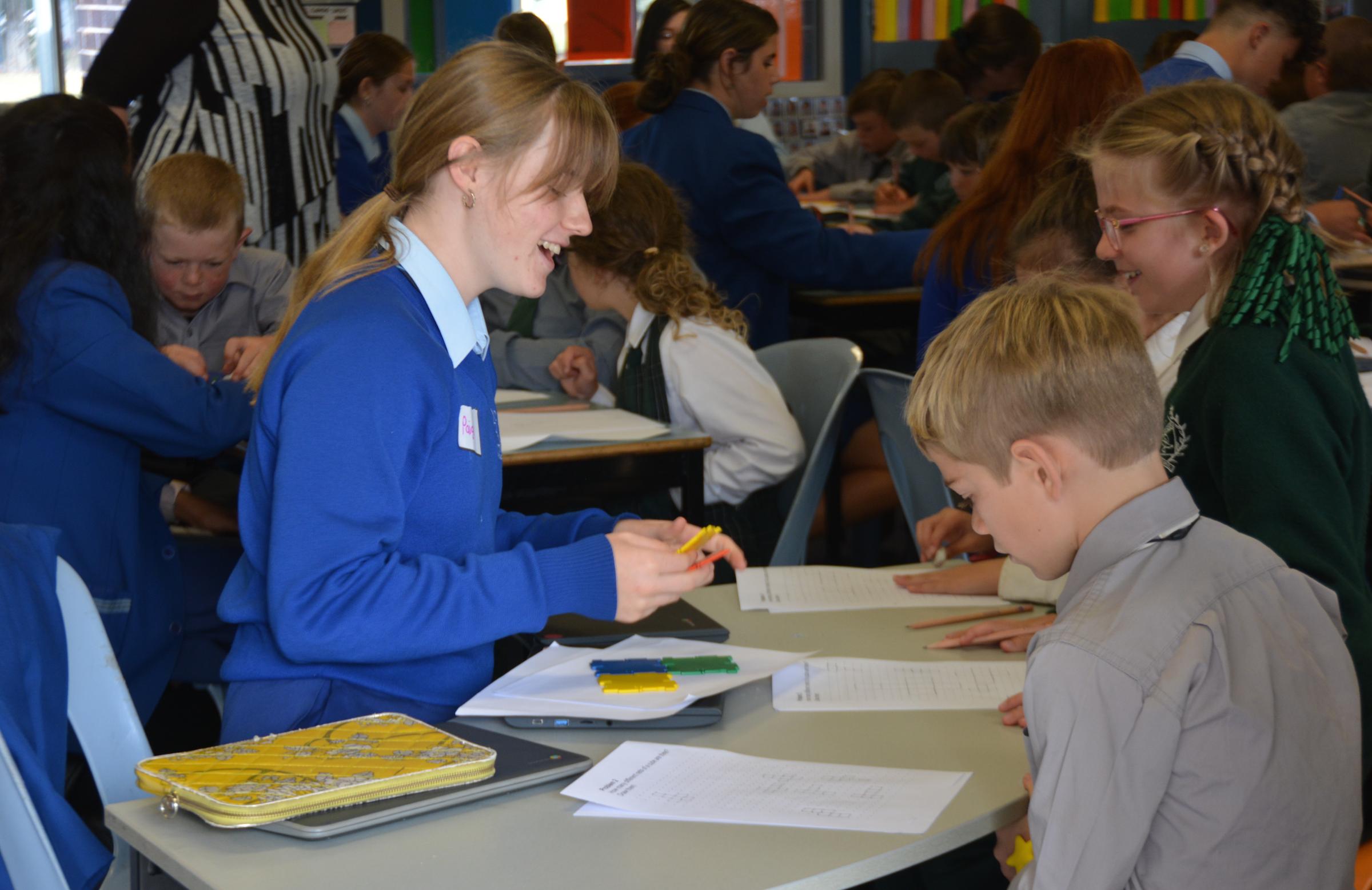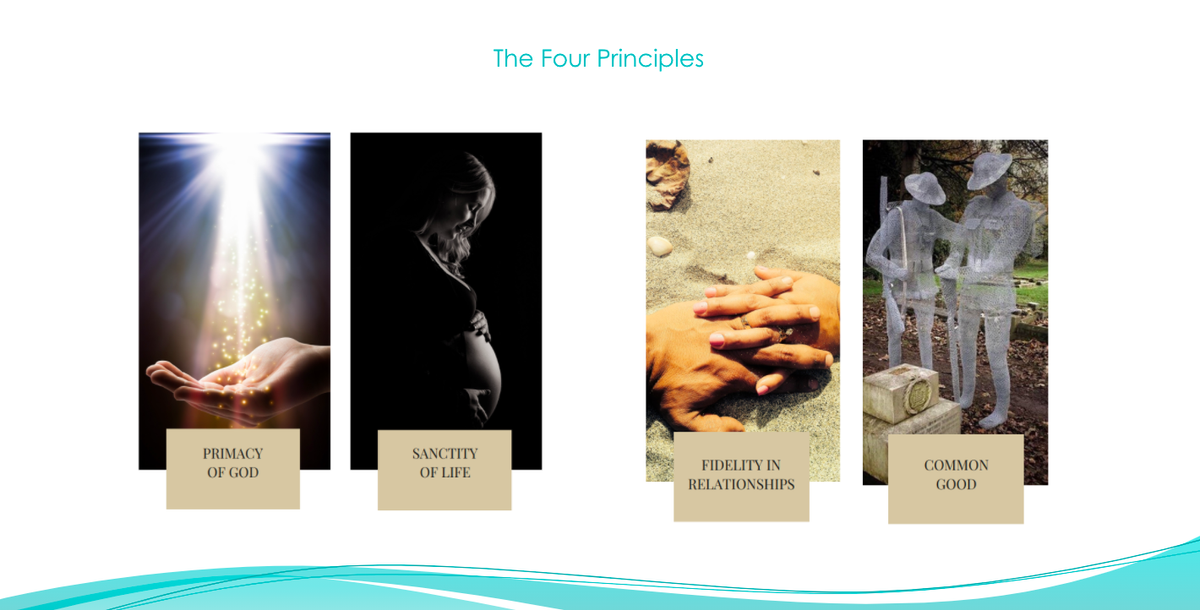Assistant Principal / Leader of Pedagogy
Mr Stephen Chapman

Assistant Principal / Leader of Pedagogy
Mr Stephen Chapman
Cross-Curricular Connections
I have been spending the last two weeks in the same Year 8 class, travelling from subject to subject as they moved around the school. I have really enjoyed working with them and their teachers. The students have been focussed and hard working with improvements happening all the time. I have noticed how the skills and knowledge these students are learning in each subject have been applied to different subjects. This is inspiring and has caused me to write about this in this newsletter article. Integrating content and skills across different subject areas allows students to learn about learning outside of school. In the real world, including life after school, we don’t learn in separate subjects (Maute, 2015). Life is a package that we integrate together. This is more relevant now than ever as what we learn is changing all the time.
Writing
To begin with, I need to mention the ultimate cross curricular skill: writing. It is true that students learn a great deal about writing in their English class. But these skills are used and developed in all classes. I have written about the importance of writing well in previous articles, so I’ll keep this brief today. Being able to write well and explain your thinking is vital in all subjects, even maths! As I’m sure you know, we have a focus on improving writing in all subjects at O’Connor in 2021. There are literally hundreds of examples of how writing has been worked on in classes. Filling in missing punctuation in HSIE, writing the continuation of a story prompt in English, explaining your thinking in Maths, justifying a response in science and explaining the steps in a recipe in Food Tech are just a few examples.
Numeracy
As a Maths teacher, I have been really interested in seeing how often the numeracy skills students learn have been applied to other subjects. In Science I have seen students reading a sector graph, calculating percentages for various sections. In many subjects, students have been asked to read information from tables and graphs. In Technology, the Year 8 class I have been following is doing a Coding unit. They need to understand distances, turning direction, angles and percentages of light reflection to be able to write the code that directs the robot to do what is intended.
PBL
There is one type of task that connects many different subjects: Project-Based Learning (or PBL). This consists of students completing a task that connects a variety of skills and content areas into one project. This makes the learning relevant with the content applied to something meaningful to each student. Student choice is an important part of this. I mentioned this in last issue's article on student voice.
Authentic Learning - Making it real
Using skills in more than one content area validates the importance of these skills. This makes the learning more authentic. Students are increasingly being asked to apply something they have focused on in one subject into another. Maths and science both talk regularly about decimal places, significant figures and scientific notation. Almost every subject used units of measurement, including conversions between mm, cm and m. A specific example of making the learning real I’ve seen this week is the application of what the Year 8 class I’ve been following has learnt in history about the Vietnam War to their English lessons. They are studying the story of The Sapphires, the musical performers who motivated the troops as they fought in Vietnam. The English lessons are engaging as we discuss the history of the war. Tied into this learning are issues of racism and human sacrifice which people would normally associate with PDHPE or Religious Education classes.
Cross-Curriculum Priorities
The Australian Curriculum, which is the basis of our NSW curriculum, has three cross curricular priorities. These three are so important that each subject area is mandated to include them in their curriculum (ACARA, n.d.).


We need to include ATSI Histories and Culture, our Engagement in the Asia region and Sustainability in all subject areas.
As a Catholic school we have another area that needs to be included in each Key Learning Area (KLA). We believe as a system that every subject needs to teach the Catholic Principles and Values (CSO, 2016). These are based on four principles.


We have an obligation to teach the young people of today how to be better people. By building these principles into our lessons, in all subjects, we help people to become the best they can be.
I have only scratched the surface in this article. The main point I want to make is how important it is that our students see that all learning is related to each other. The skills and content that are done in each subject can be applied to others. The exciting thing is that we are already doing this at O’Connor, as I discovered by following one class in Year 8. This becomes even more powerful when students, parents/guardians and teachers talk about these connections.
Mr Stephen Chapman


Assistant Principal - Leader of Pedagogy
Never stop learning; for when we stop learning, we stop growing - Jack Lewman
References
Cross-curriculum priorities. Acara. (n.d.). Retrieved from https://www.australiancurriculum.edu.au/f-10-curriculum/cross-curriculum-priorities/
Catholic Principles and Values for the new NSW Syllabuses. CSO Armidale. (2016). Retrieved from: https://arm.catholic.edu.au/wp-content/uploads/2016/06/catholic-principles-and-values-for-the-new-nsw-syllabuses-2-8.pdf
Cross Curricular Connections. Maute, J. (12 Sep 2015). Pages 20-22. Middle School Journal. Retrieved from https://www.tandfonline.com/doi/abs/10.1080/00940771.1989.11495023?journalCode=umsj20#:~:text=Cross%2D%20curricular%20connections%20are%20connections,physical%20education%3B%20and%20so%20on.